TABLE OF CONTENTS
This article contains everything you need to know about grilling pork chops, including the various types, how to grill them, how long it takes, and some of the best options. When you are ready to try something different on your next visit to the barbecue area, this is an excellent choice.
Although there are many ways to cook pork chops, one of the most versatile methods is none other than grilling. This cooking technique allows for both sides of each chop or cutlet to be used because they are exposed directly over fire over extended periods.
Grilling also works excellent with marinades. Using soy sauce, for example, will give the meat a gorgeous dark color and impart a slightly salty flavor as well. If you prefer something sweeter, barbecue sauce is always an option.
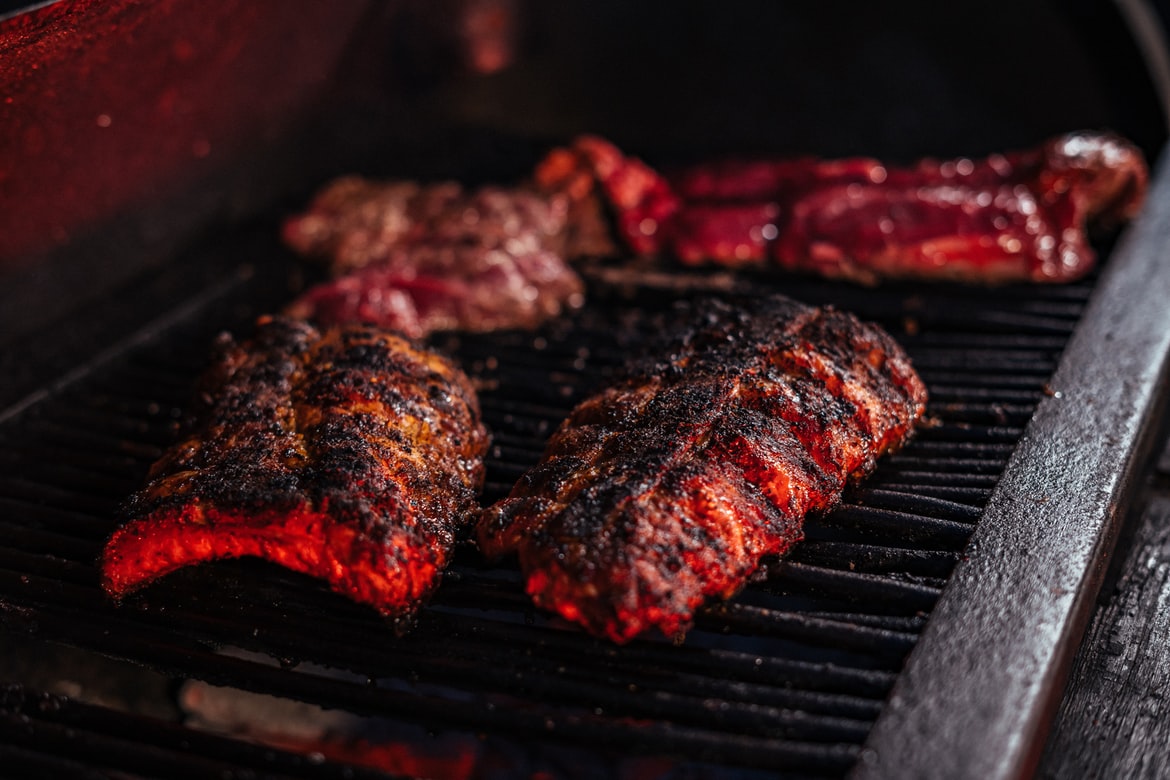
Pork Chop Types
There are many different types of pork chops that you can use on your grill.
Most Flavorful
One of the most common is known as blade end loin, which happens to be highly flavorful. If you happen to enjoy ribs and other similar foods, then choose this type if it is available at your local butcher or supermarket because it comes from the shoulder area of the pig.
Best with Seasoning
Another popular cut made from different parts of the animal's body includes center rib chops which come from right around its breastbone. These typically work well with almost any seasoning, including those with herbs and spices.
More Crispy
St. Louis style chops are thin cuts that can be prepared using either dry or wet rubs, depending on your preference. This is the perfect type for those who desire a more crispy texture and less fat than blade end loins typically provide.
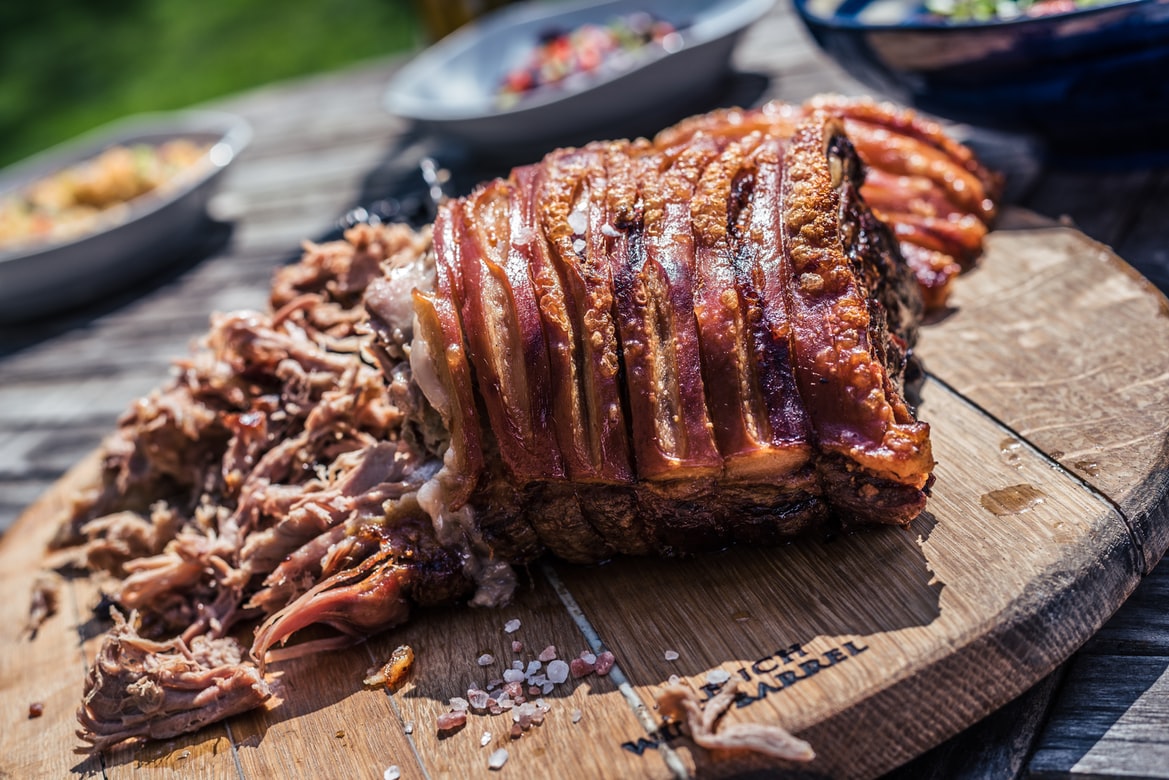
Pork Chop Cooking Time
You may need anywhere from six minutes to twelve minutes, depending on how well you like your pork chops done during cooking time. Six minutes per side is usually enough for thin cuts, but thicker specimens will require increased exposure over high heat to prevent overcooking.
For more significant cuts or even ribs, there is no reason why you shouldn't exceed this maximum amount of time by at least one minute if not two. Doing so will help ensure that the inside of each cut is cooked to perfection.

Grilling Pork Chops Properly
The best way to grill pork chops is by paying close attention to temperature. Pork chops can be served with several different sauces, including cherry sauce, apple sauce, and even plum sauce. If you don't have any of these on hand, just adding salt and pepper at the table is an easy way to spruce up your pork chop's flavor.
The best time to put pork chops on the grill is after heated up for 15-20 minutes over medium heat. To tell whether or not the grill is hot enough, try holding your hand about 5 inches above the cooking surface – if you can only hold it there for a second before having to pull away, the grill is hot enough.
Once you've determined that it's properly heated, remove the grates and place the pork chops on the clean, unheated surface of the grill.
The next step to grilling your perfect pork chop is to cover the grate with its lid and cook for 5 minutes. Then flip your pork chop and cook for an additional 3-5 minutes (depending on how thick it is) before flipping again and cooking without a lid for an additional 3-5 minutes until done through.
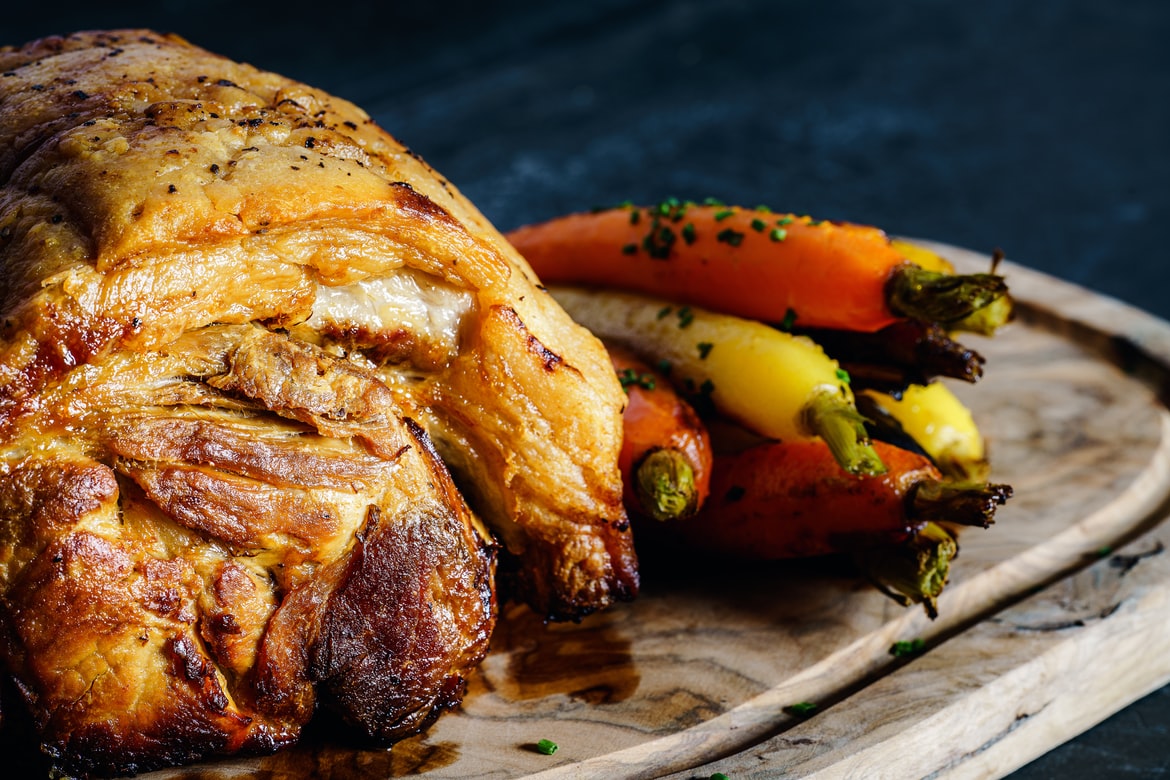
How to Tell if Pork Chops Are Done?
The meat thermometer is a must if you want to ensure your pork chops are cooked to their best. A perfectly cooked chop should read 150 degrees F before serving. There's no need to worry about undercooking since pork is one of those meats that can still be enjoyed when under or overcooked.
Here's a handy chart showing the different stages of doneness and how long it takes for each stage, as well as what temperature they should have reached this point:
Rare
Temperature: 120 degrees F – 125 degrees F
Time: 3 minutes per pound
Medium
Temperature: 135 -140 degrees F
Time: 4 minutes per pound
Well Done
Temperature: 150+ degrees F
Time: 5 minutes per pound after reaching the desired temperature
What if there is no Thermometer Available?
If there is no thermometer around, we could use the Finger Test to determine doneness. This is done by pressing down on the chop and feeling how it responds.
For a medium chop (135 -140 degrees F), your thumb should be pressed in halfway and meet very little resistance when compressing. A medium-rare chop will push back just barely with no pressure at all, while anything well-done will take more effort to compress and feel quite firm.
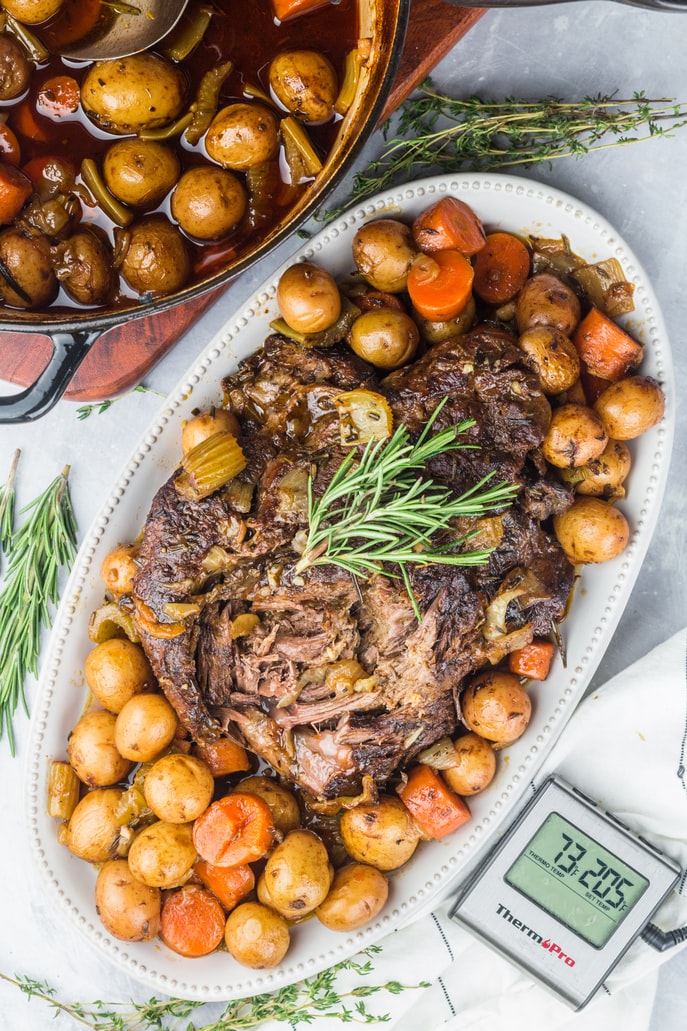
Best Knives For Pork Chops
As you can see, there are many different types of knives designed for countless purposes. Each blade has its purpose, so that we will discuss the best knives for pork chops.
Boning Knife
A boning knife is one of the most common choices when it comes to slicing up pork chops. The main reason is that a boning knife is skinny and flexible, allowing it to move between the joints to remove bones without tearing the flesh.
Utility Knife
A utility knife is another excellent choice for preparing pork chops. Utility or multi-purpose knives typically have wider blades than boning knives, but they are still relatively thin and flexible. This makes them an excellent choice when chopping meats such as pork chops because their shape allows them to be used in a forward rocking motion.
Many chefs will probably disagree with me, but I think you cannot beat an excellent high-quality chef's knife when it comes to cutting up all different types of meats, such as pork chops. Sure, more specific knives might help make the process faster or easier, but sometimes simplicity is all you need. My personal favorite is the Hammered Chef Knife 8''.
FAQ
Why is my pork chop tough?
As with any meat, pork chops are only as tender as their cross-section (the muscle area cut across by the knife). If this area is less than 1/4 inch thick, then this problem may occur. By making a series of 1/4 to 1/2-inch lengthwise cuts through the center of the chop before grilling, up to three times more surface area (and therefore flavor) will be exposed to the heat source.
What are some tips for grilling a better chop?
Be sure to make a pocket in the side of the chop with your fingers before you add any seasoning or sauces. Inserting your finger will allow seasonings to be distributed more evenly throughout each piece while also preventing unwanted transfer after cooking has occurred.
Seasoning should be done just before placing chops on the grill and then brushed onto the chop's surface when raised from the bowl or plate (not applied while still in the bowl).
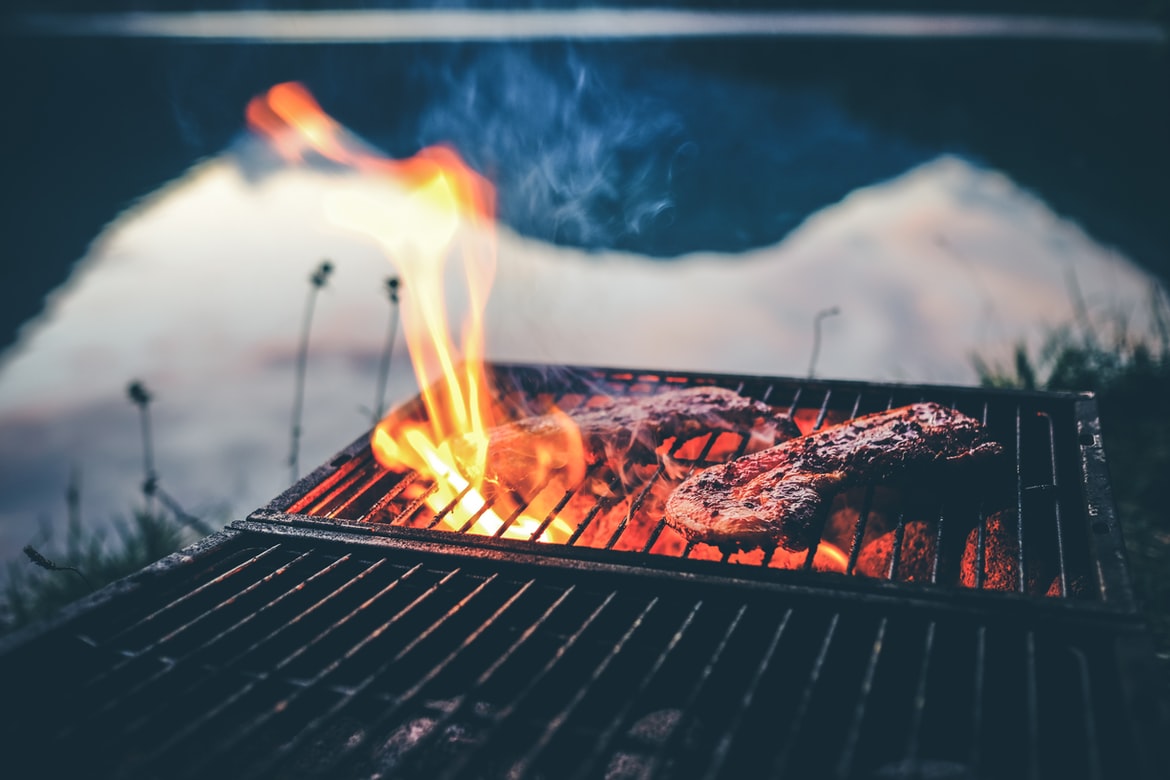
Why have I lost all my rub/marinade during the grilling process?
If using dry spices, which are naturally less-soluble than seasonings made with oil, be sure to rub them onto the chops' surface before placing them on the grill. This will allow for better flavor penetration and reduce the amount of seasoning that comes off during grilling.
When using marinades or sauces containing oils, drizzle them over meat while still in its marinating container (excess marinade should never be poured directly onto food while cooking).
Why are my chops too moist?
If using a marinade or other water-based liquid to season meat before grilling, make sure to use one with at least 25% salt. This will help the surface of the meat dehydrate and resist becoming dampened by excess moisture during cooking which can cause flareups on your grill grate.
The pork chop should feel slightly tacky before it reaches the grill. This helps to minimize the loss of flavors during cooking further.
Which type of grill provides the best results for grilled pork chops?
A gas grill typically will cook faster than charcoal but less evenly overall.
A charcoal grill will provide better flavor and cooking consistency, but it may take slightly longer to reach desired internal temperatures.
For optimal results, be sure to preheat the grate for 15 minutes before placing meat on for grilling.
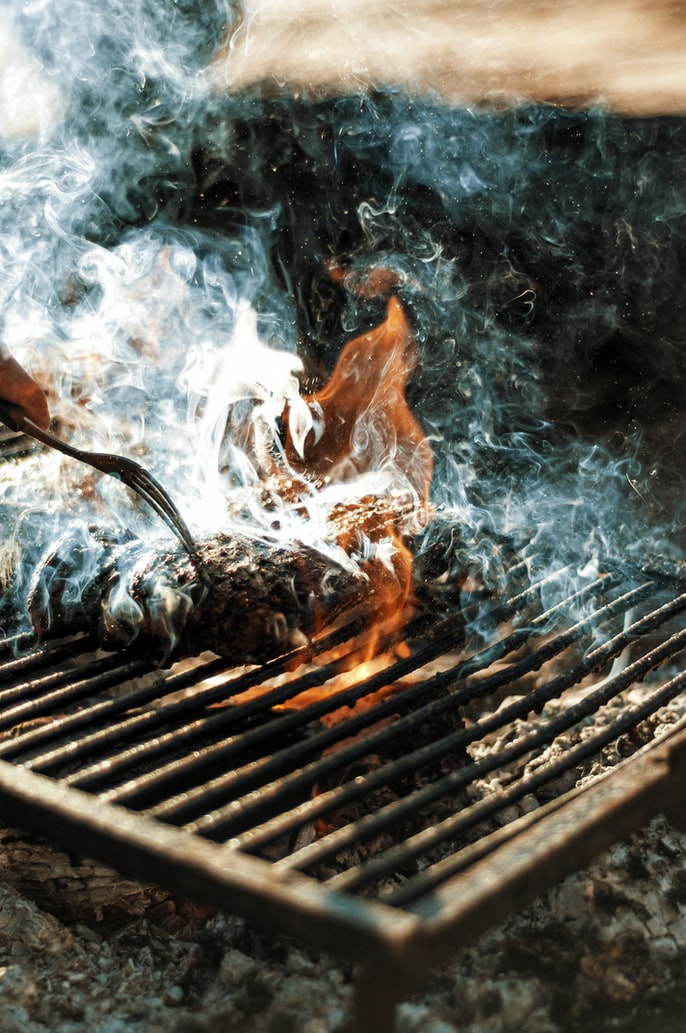
Why can't I leave my pork chops under a closed lid, like other foods?
By continually exposing each chop to an open flame, additional moisture is lost, which can change the final texture of cooked meat. To minimize this effect and keep chops moist and tender, use a large container with a ventilated cover during grilling (the grill should never be completely covered).
How do I maintain my grill grate between uses?
If your grate contains any rust spots or loose pieces that would fall through the grate, reattach these before grilling.
How do I avoid flare-ups on my grill?
To minimize chances of a flare-up occurring, allow excess grease or other flammable fats to drip onto the flame itself. This will help prevent flames from reaching excessive heights and reduce the risk of charring your meat prematurely.
In addition, closely monitor surface temperature by lifting the grate occasionally throughout the cooking process. This will allow you to keep track of how long it's been since the last time you lifted the grate and will help decrease overall cooking times as a result (increased heat transfer).
If necessary, closing the lid after the meat has been placed on the grate can also speed up the grilling process as there is less heat escape throughout the cooking process.


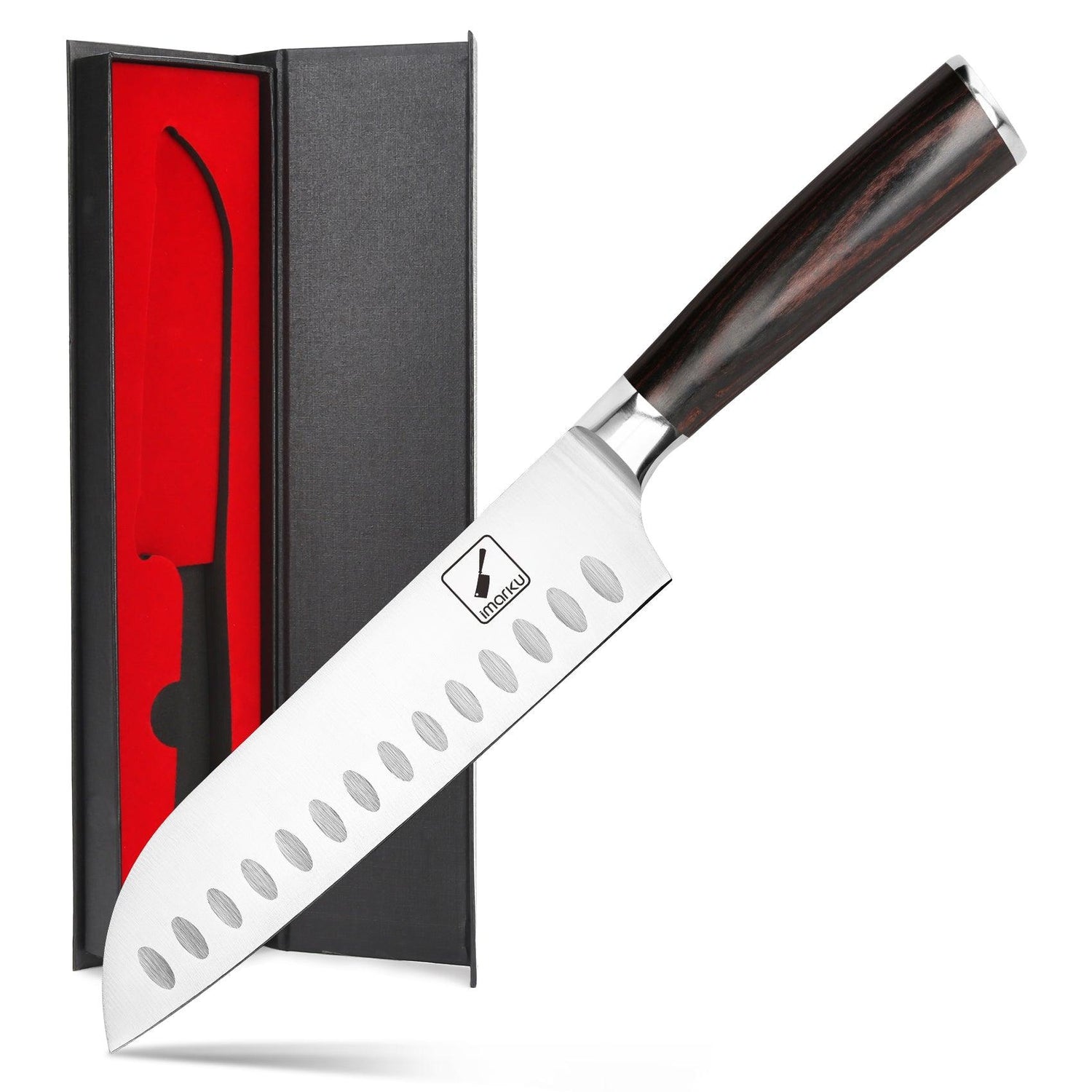
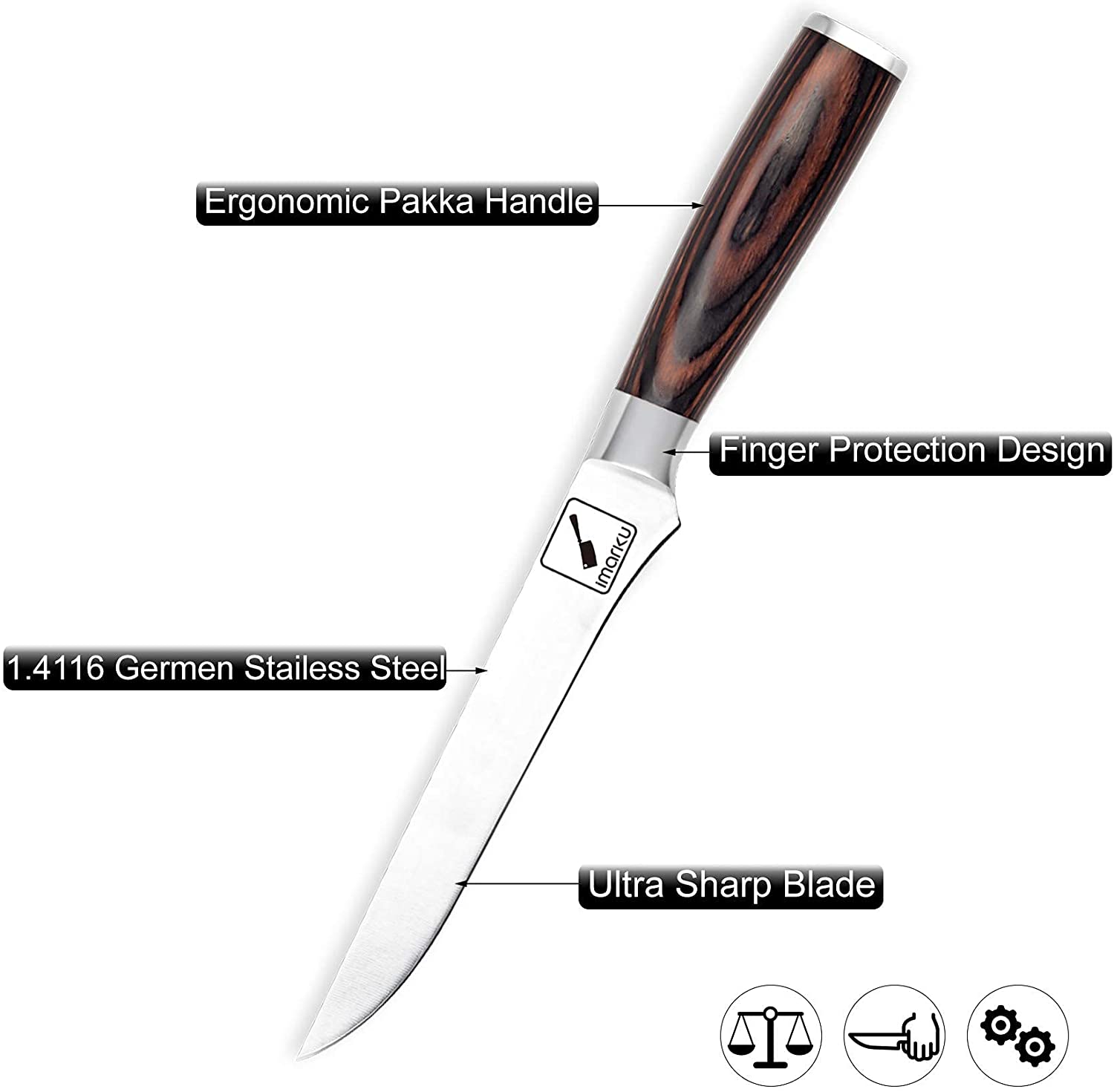

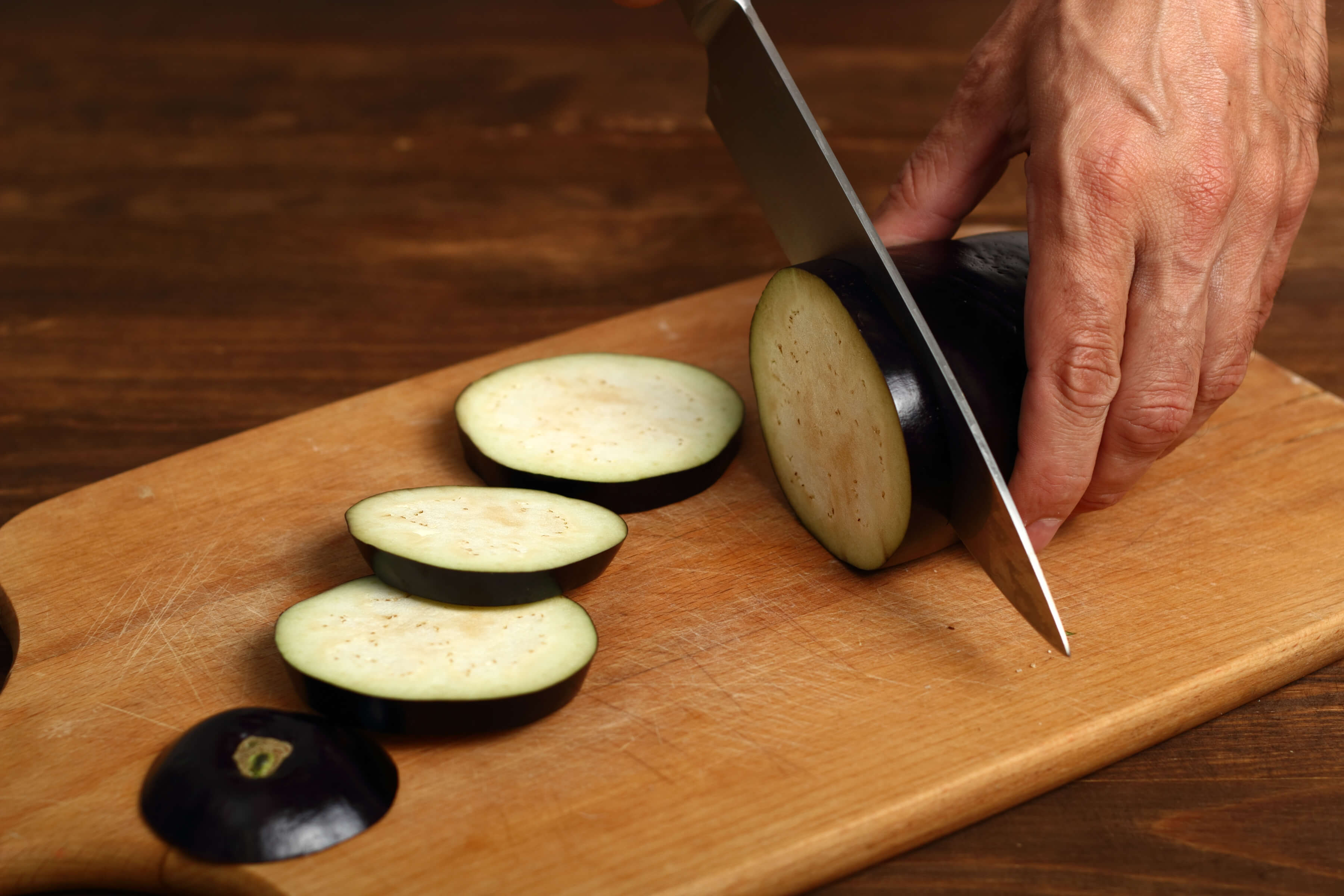
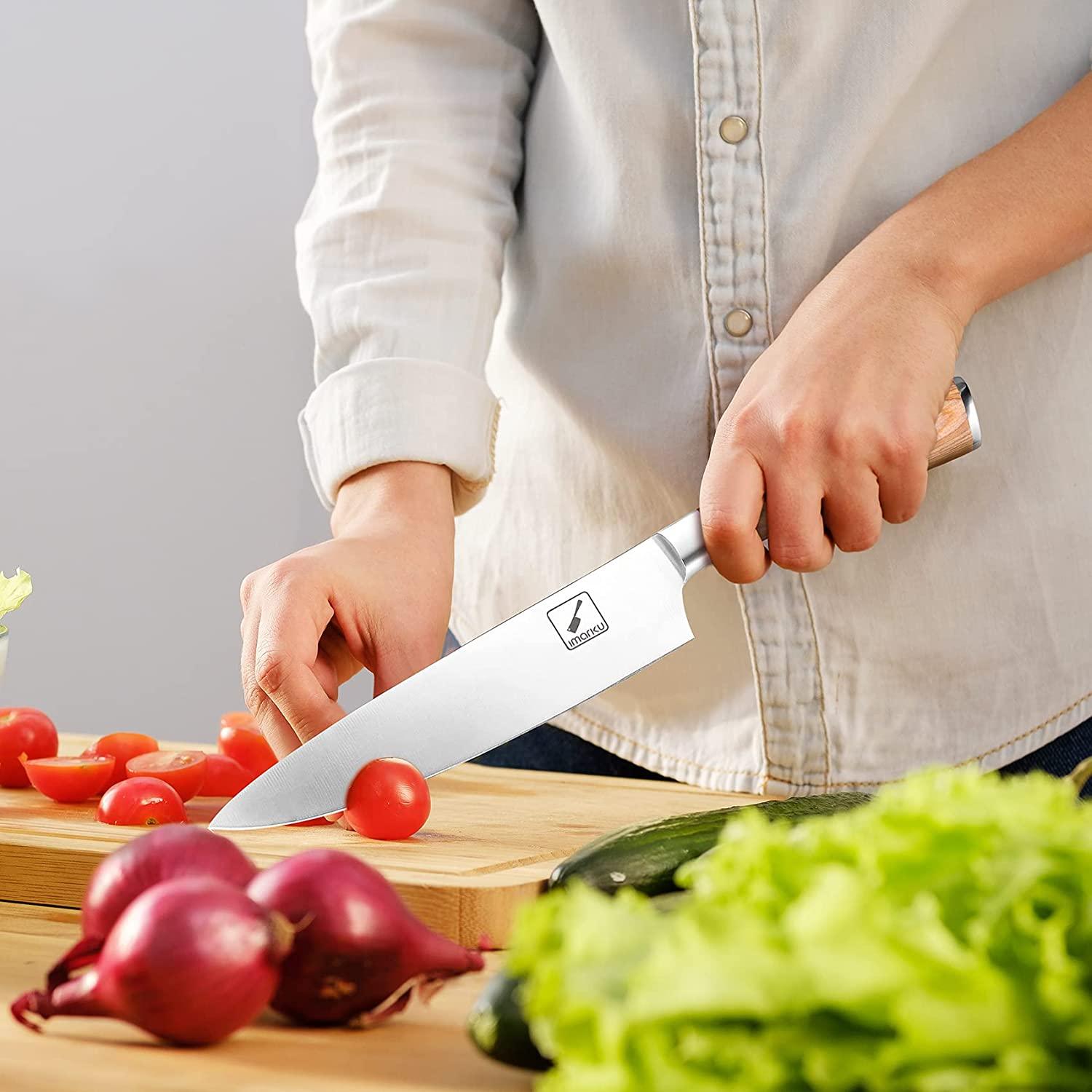

















Leave a comment
All comments are moderated before being published.
This site is protected by hCaptcha and the hCaptcha Privacy Policy and Terms of Service apply.